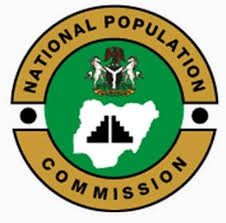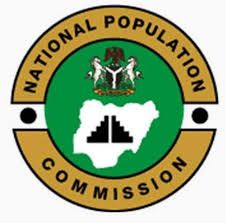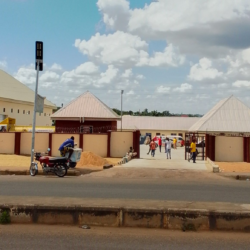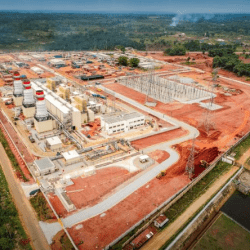The Fifth General Census of Population and Housing (RGPH-5) is a monumental statistical operation conducted by the Republic of the Congo. Its implementation reflects the government’s commitment to evidence-based decision-making, relying on comprehensive, reliable data to shape policies and programs.
The RGPH-5 is a cornerstone for advancing Congo’s development agenda. By leveraging technology, fostering international partnerships, and prioritizing professionalism, this census equips policymakers, researchers, and international partners with the critical data needed to drive sustainable development and equitable growth.
Scope and Importance of RGPH-5
- Exhaustive Nature:
- The census is unparalleled in scope, covering the entire population and all households across the country.
- It delves into various thematic fields, including demographic, economic, and socio-cultural characteristics.
- Technical Complexity:
- Coordinated by the National Institute of Statistics (INS), the census utilized contemporary methodologies and cutting-edge technology for data collection.
- Georeferenced and digital tools were employed to enhance accuracy and efficiency.
- Resource Mobilization:
- RGPH-5 required significant resources, both financial and human, highlighting its importance to national planning efforts.
Key Features of RGPH-5
1. Technological Innovation
- The use of digital and georeferenced tools ensured precise data collection and mapping of demographic trends.
2. Professional Coordination
- A permanent technical team (ETP) within the INS led the effort with support from various technical and financial partners.
3. International Collaboration
- Funding: The operation was primarily financed by the Congolese government, with additional support from the World Bank.
- Technical Assistance: The United Nations Population Fund (UNFPA) played a crucial role, providing a Chief Technical Advisor (CTP) and a team of experts in communication, social mobilization, and data validation.
Preliminary Results and Data Access
1. Insights Provided
- Preliminary results detail the size and gender structure of the population at the local and departmental levels.
- These insights are critical for subnational planning and resource allocation.
2. Age Structure Data
- Comprehensive age-related statistics are available on the official website of the INS, facilitating more nuanced demographic analysis.
3. Departmental Monographs
- To meet the growing demand for localized data, the INS has compiled detailed monographs for each department, presenting population metrics at the locality level.

Acknowledgments and Commitment
The successful execution of RGPH-5 is attributed to:
- The permanent technical team (ETP) for their rigorous approach and dedication.
- The Chief Technical Advisor (CTP) and supporting experts for their invaluable contributions.

The INS remains committed to ensuring public access to RGPH-5 data and addressing specific user requests for tailored demographic information.
















